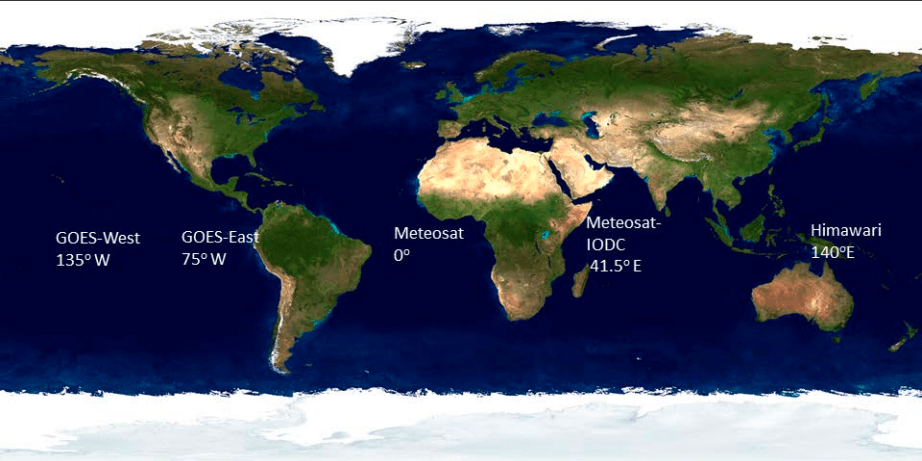Introduction
Accurate solar radiation datasets are required at all stages of development and operations of a solar generation facility. In most cases solar radiation measurements using ground-based instruments are only available on-site for about a year before a project receives financing. As solar resource varies significantly on an annual basis, understanding the inter-annual variability and collecting data for multiple years is important since the variability could range in the order of 5%-10% for Global Horizontal Irradiance (GHI) and up to 15% for Direct Normal Irradiance (DNI)(Gueymard & Wilcox, 2011).
Various stage of solar energy projects as shown in Figure 2 have different data requirements. As can be seen in this figure from the Solar Resource Handbook (Sengupta et al., 2017) all stages of a project require modeled solar resource information.
(G) Policy making
Annual maps of solar resource are important for making various policy decisions such as identifying renewable energy zones, transmission planning and for determination of subsidies. It should be noted that other datasets such as land-use maps are required for policy making.
Minimum or recommended values for the relevant specification items:
- Spatial resolution: 5 to 15 km.
- Region covered: country or state.
- Solar radiation variables included: GHI, DNI.
- Accuracy / uncertainty of the solar radiation: >10%.
- Time resolution: annual. Monthly or seasonal can provide additional useful information for uses such as load matching.
- Time period: long term.
- Extended variables: not needed.
| Users | ||||||||
| Proyect developers needs at diferent plant stages | Other users | |||||||
| Category of product service | (A) Pre-feasibility | (B) Feasibility & Design | (C) Due Diligence Financing | (D) Plant Accep-tance Test | (E) Systems or Plant Operations | (F) Grid operators | (G) Policy makers | (H) Education / Outreach |
| MODELED SOLAR RADIATION AND METEOROLOGICAL PARAMETERS | ✅ | ✅ | ✅ | ✅ | ✅ | ❌ | ✅ | ✅ |
|---|---|---|---|---|---|---|---|---|
Modeled Solar Radiation series
It is known that the ground measurement stations are scarce, on the other hand, geostationary meteorological satellites have been available for most locations on the globe for periods of over 10 and sometimes 20 years (Figure 6). As these satellites have the necessary channels to sense and measure cloud properties and other meteorological datasets, they have been used extensively to model solar radiation over the long-term. These satellites provide data at high temporal (5 minutes to hourly) and spatial (2-5 km) and complement the short-term solar measurements taken on-site. Similarly, the ground solar measurement data can be used for site adaptation to remove biases in the satellite data. Details about the ground measurements and satellite derived dataset is described in Chapter 6 of (Sengupta et al., 2017).

While solar radiation is the most important variable information, additional meteorological variables are required to model electric generation using various technologies such as photovoltaics and solar thermal technologies. Some of the meteorological parameters such as temperature, humidity, pressure, wind-speed and surface albedo are important. As these parameters are not regularly measured on a long-term basis at prospective sites modeled datasets form an important component of the requirements for solar generation modeling. These modeled data can derived from reanalysis datasets such as Modern-Era Retrospective Analysis for Research and Applications, version-2 (MERRA-2) from NASA(Gelaro et al., 2017); North American Regional Reanalysis (NARR)(Mesinger et al., 2006); Climate Forecast System Reanalysis from the National Center from Environmental Prediction (NCEP) and ERA-5 from the European Center for Medium Range Weather Forecasting (ECMWF).
The relevant features for the modeled solar radiation and meteorological parameters are:
- Spatial resolution. It is related with the grid size. Depends mainly on the data source for the estimation.
- Region covered. Usually, cover continents, countries, or specific zones.
- Solar radiation variables included.
- Accuracy / uncertainty of the solar radiation.
- Time resolution.
- Time period.
- Extended variables.

